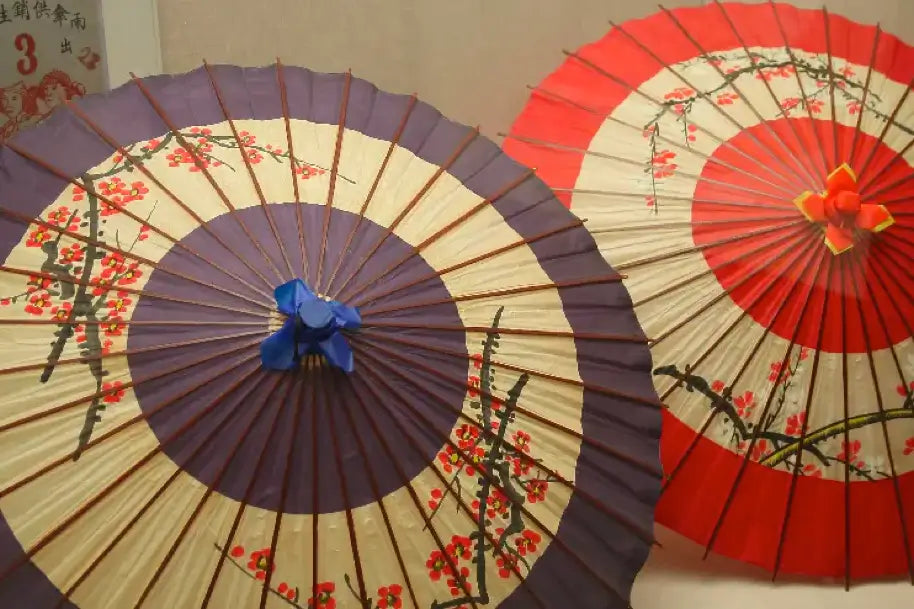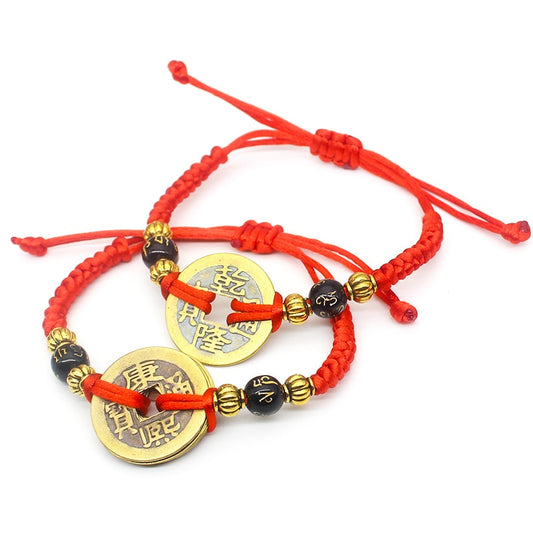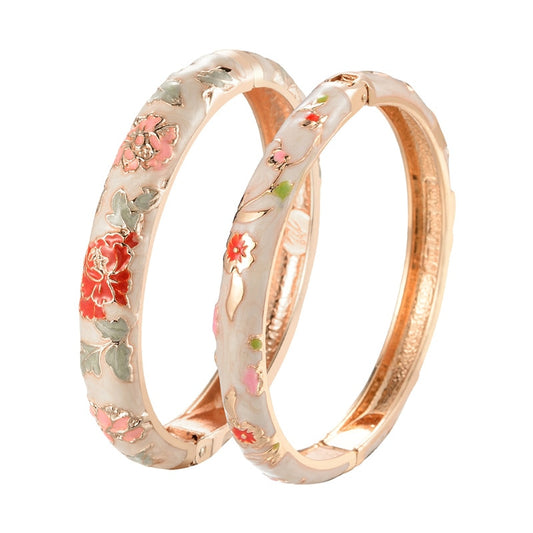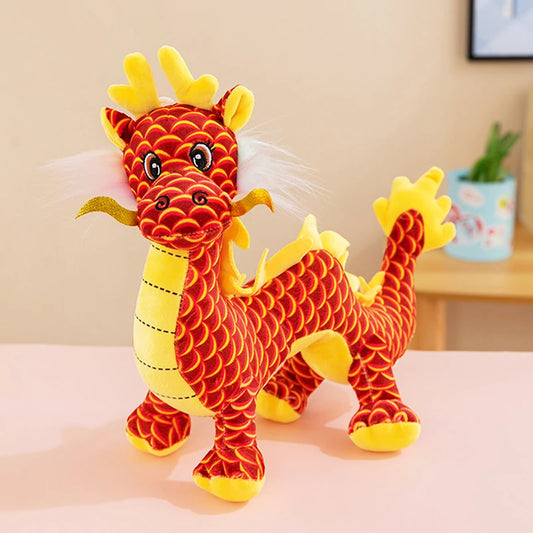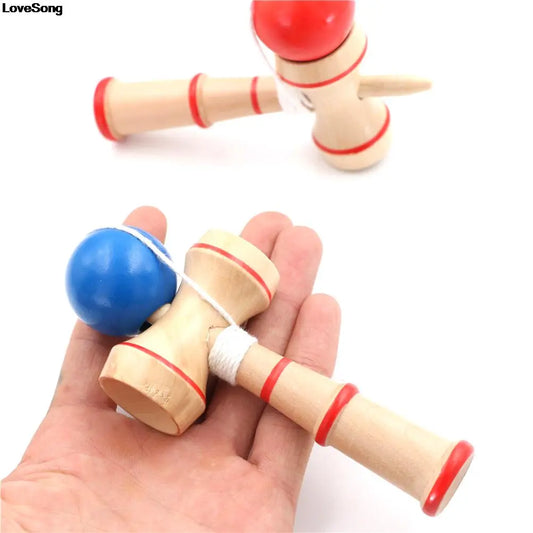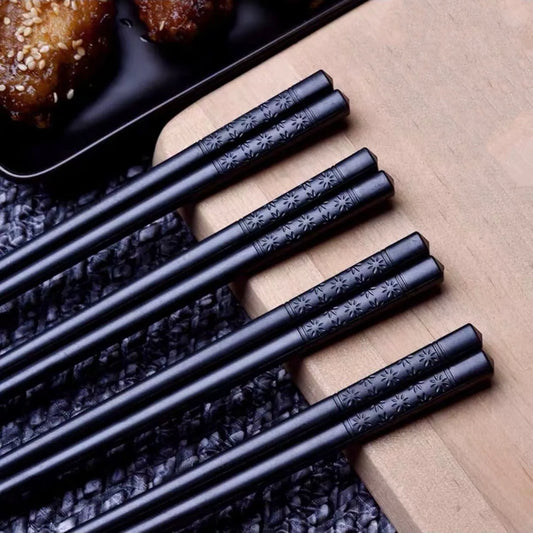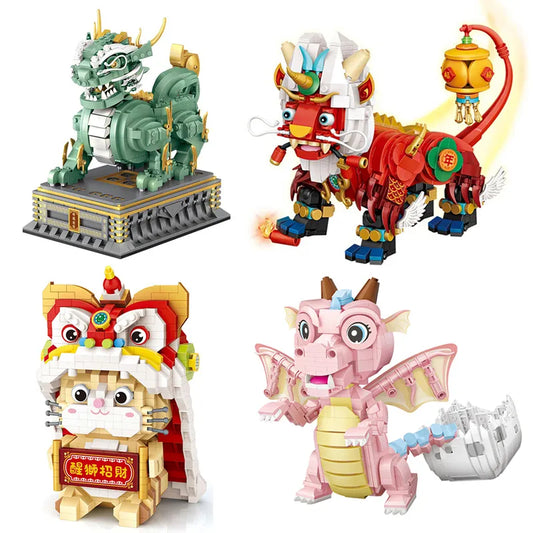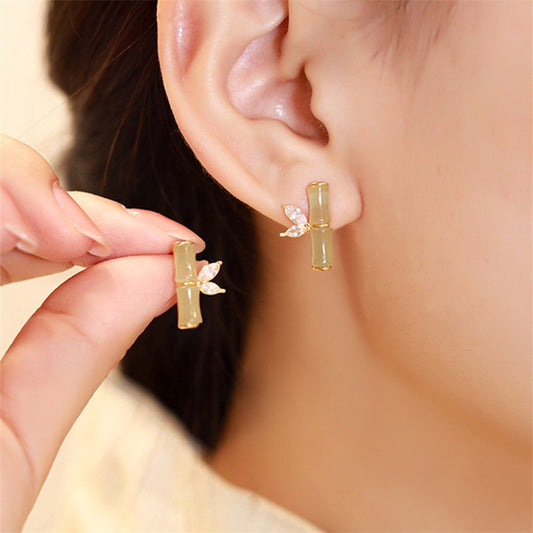Umbrellas are ubiquitous tools for protecting oneself from the rain or sun, but their history stretches back thousands of years. In ancient China, the umbrella served not only as a practical accessory but also held deep cultural significance. This article delves into the origins, functions, and symbolism of the ancient Chinese umbrella, shedding light on its multifaceted role in Chinese society.
1. Introduction
The ancient Chinese umbrella traces its roots back to the early dynastic periods, evolving over time to become an indispensable part of Chinese culture. Unlike modern umbrellas, which are typically made of synthetic materials and feature collapsible designs, ancient Chinese umbrellas boasted unique structures and served diverse purposes beyond mere weather protection.
2. The Origins of the Ancient Chinese Umbrella
The origins of the ancient Chinese umbrella can be traced to over two thousand years ago. It is believed that the earliest umbrellas were first used during the Zhou Dynasty (1046-256 BCE). These early umbrellas consisted of a frame made from bamboo or wood, covered with oiled paper or silk to provide protection from rain and sunlight.
3. Structure and Design of the Ancient Chinese Umbrella
The ancient Chinese umbrella was characterized by a distinct design. It comprised a sturdy framework made of bamboo or wood, carefully assembled to create a strong and lightweight structure. The frame was then covered with waterproof or sun-resistant materials such as oiled paper or silk.
4. Protection from the Elements
4.1 Rainy Weather
One of the primary purposes of the ancient Chinese umbrella was to shield individuals from rain. The waterproof cover made from oiled paper or silk effectively repelled raindrops, allowing people to navigate through wet conditions without getting drenched.
4.2 Sun Protection
In addition to rain, the ancient Chinese umbrella provided protection from the scorching sun. The oiled paper or silk cover helped to block harmful ultraviolet (UV) rays, shielding individuals from excessive heat and sunburn. This feature was especially valuable during hot summer months.

5. Symbolic and Cultural Significance
The ancient Chinese umbrella carried significant symbolic and cultural meaning beyond its practical use. It held a prominent position in Chinese society and was associated with various aspects of life.
5.1 Status and Prestige
In ancient China, the umbrella became a symbol of status and prestige. Wealthy individuals, nobles, and high-ranking officials would often use elaborately decorated umbrellas as a sign of their social standing. The more intricate and ornate the umbrella, the higher the perceived status of its bearer.
5.2 Ritual and Ceremonial Use
The ancient Chinese umbrella played a vital role in rituals and ceremonies. It was used during religious processions, traditional festivals.
6. Utilitarian and Decorative Applications
6.1 Portable Shelter
The ancient Chinese umbrella served as a portable shelter, providing individuals with a temporary refuge from rain or harsh sunlight. Its lightweight and collapsible design made it easy to carry and deploy whenever needed. Travelers, scholars, and merchants found great utility in these umbrellas, using them as protective canopies while on the move.

6.2 Fashion and Style
Beyond its functional use, the ancient Chinese umbrella became a fashionable accessory. People embraced the umbrella as an element of personal style and expression. Umbrellas were adorned with intricate designs, vibrant colors, and embroidered patterns, reflecting the individual's taste and fashion sensibilities. These stylish umbrellas became a part of traditional Chinese attire, enhancing the overall aesthetic appeal.
7. Influence and Legacy
The impact of the ancient Chinese umbrella extended far beyond its borders. As trade routes expanded, the umbrella's design and utility spread to neighboring countries and regions. The umbrella became a cultural export, influencing the development of umbrellas in different parts of Asia and eventually reaching Europe. Today, the ancient Chinese umbrella continues to inspire modern umbrella designs and serves as a testament to the ingenuity and craftsmanship of ancient Chinese culture.
8. Conclusion
The ancient Chinese umbrella held a multifaceted role in society, encompassing practical, symbolic, and cultural dimensions. Its origins in ancient China and its evolution over time showcase its adaptability and enduring legacy. Whether as protection from the elements, a symbol of prestige, or a fashion statement, the ancient Chinese umbrella remains an iconic artifact of Chinese history and culture.
FAQs
1. Were ancient Chinese umbrellas waterproof?
Yes, ancient Chinese umbrellas were designed to be waterproof. The oiled paper or silk coverings effectively repelled rainwater, providing protection from wet weather.
2. How did ancient Chinese umbrellas differ from modern ones?
Ancient Chinese umbrellas were typically made of bamboo or wood frames with oiled paper or silk covers. They had a non-collapsible structure, unlike modern umbrellas with collapsible metal frames and synthetic materials.
3. Were umbrellas exclusively used by the upper class in ancient China?
While ornate and decorative umbrellas were often associated with the upper class, umbrellas were also used by commoners in ancient China for practical purposes like protection from rain and sunlight.
4. Did ancient Chinese umbrellas have any religious significance?
Ancient Chinese umbrellas had ceremonial and religious significance. They were used in processions and traditional rituals, symbolizing protection and auspiciousness.
5. What materials were used to make ancient Chinese umbrellas?
Ancient Chinese umbrellas were primarily made using bamboo or wood for the frames and oiled paper or silk for the coverings.

